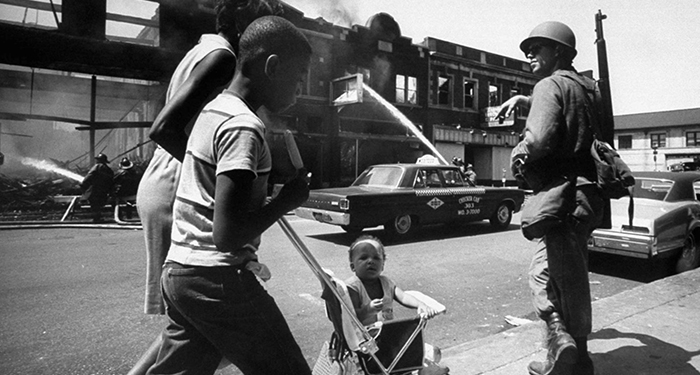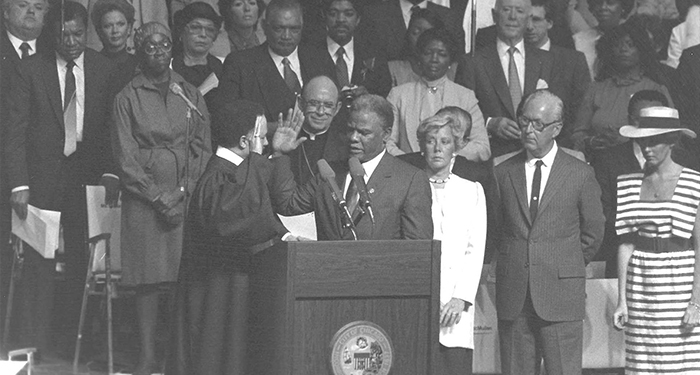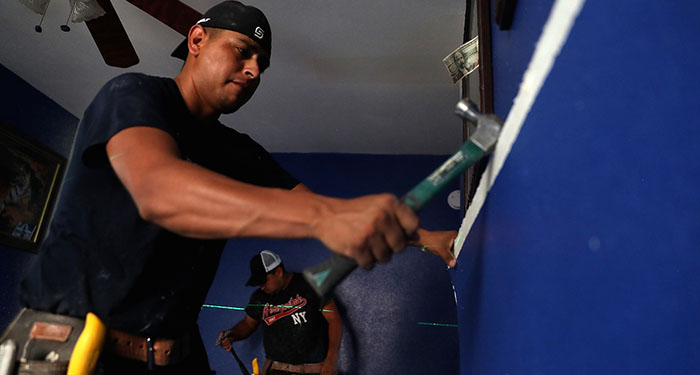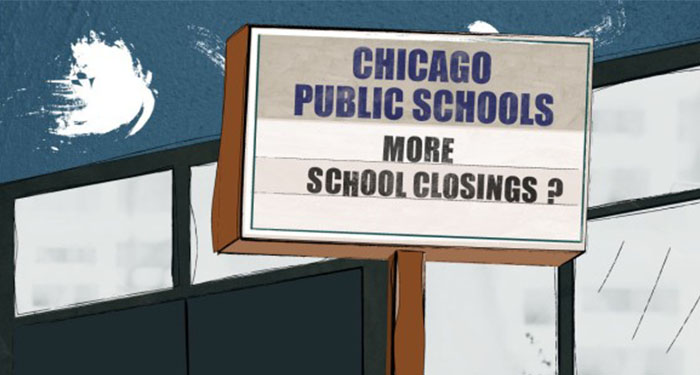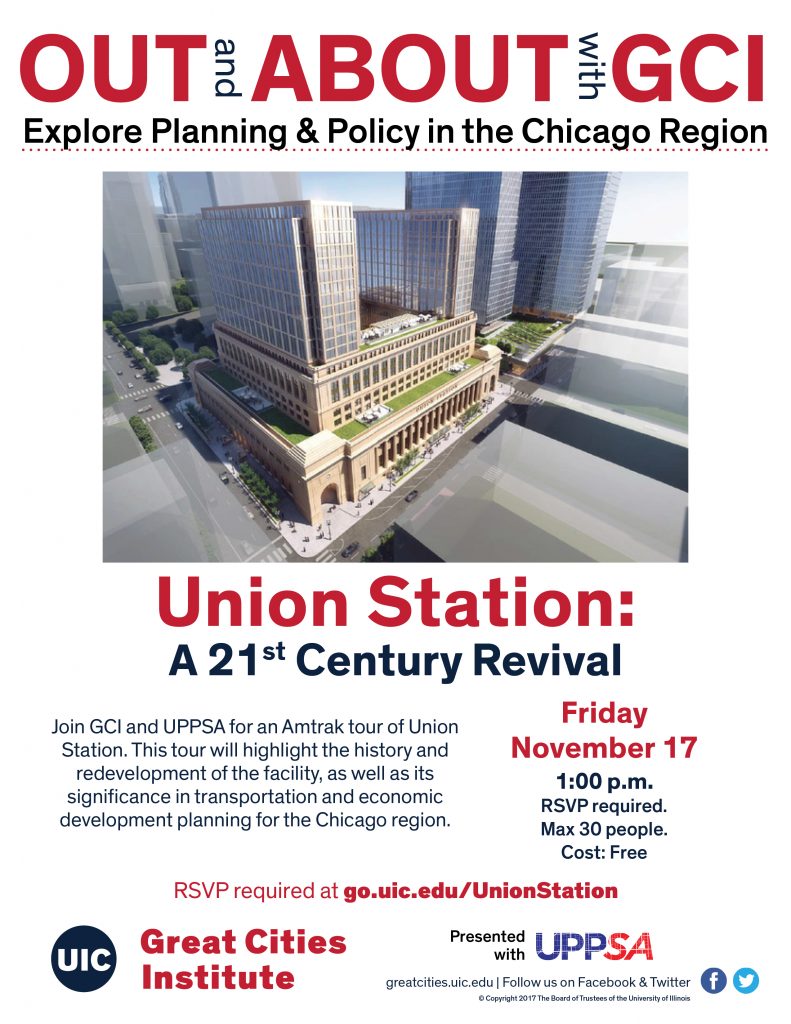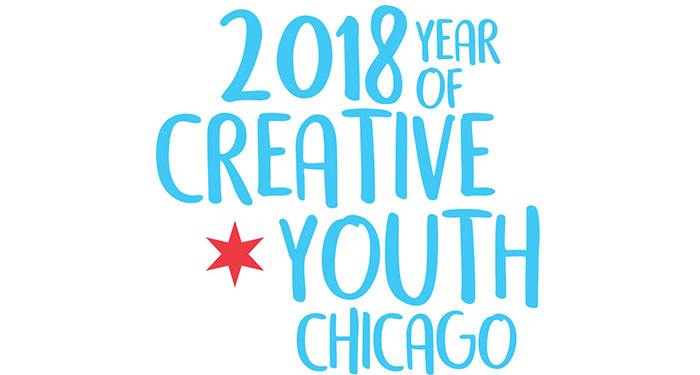
Dr. Teresa Córdova, director of UIC’s Great Cities Institute, is quoted in a Gazette Chicago newspaper story on a City of Chicago arts initiative centered around youth cultural programming and support.
Led by the Department of Cultural Affairs and Special Events (DCASE) and Mayor Rahm Emanuel, the City of Chicago is investing over $2 million into youth arts programs this year, naming 2018 the Year of Creative Youth. Funding will support youth art initiatives, fund youth performances at citywide festivals and events, and provide grant funding for youth arts organizations.
Leaders expect this initiative to bolster Chicago’s existing cultural programming and aid educators who foster the development of Chicago’s future cultural and economic growth. As a culminating event, the City will host a new Creative Youth Festival at Millennium Park on Sept. 22; the event will feature performances and displays by young artists in dance, music, theater, spoken word, visual arts, and other artistic endeavors.
Teresa Córdova, director of the Great Cities Institute at the University of Illinois at Chicago and a professor of Urban Planning and Policy at UIC’s College of Urban Planning and Public Affairs, called the project “a marvelous idea,” adding that “When I think of building on young people’s creativity and their sense of innovation, all kinds of things will be possible, including developing economic opportunities.”
